Cache agent overview
- Working mechanism of Web proxy:
Cache web page objects to reduce duplicate requests
Basic types of agents
- Traditional agent: it is applicable to the Internet, and the server needs to be clearly specified
- Transparent proxy: the client does not need to specify the address and port of the proxy server, but redirects Web access to the proxy server through default routing and firewall policies
Benefits of using agents
- Improve Web access speed
- Hide the real IP address of the client
Deploy squid proxy service
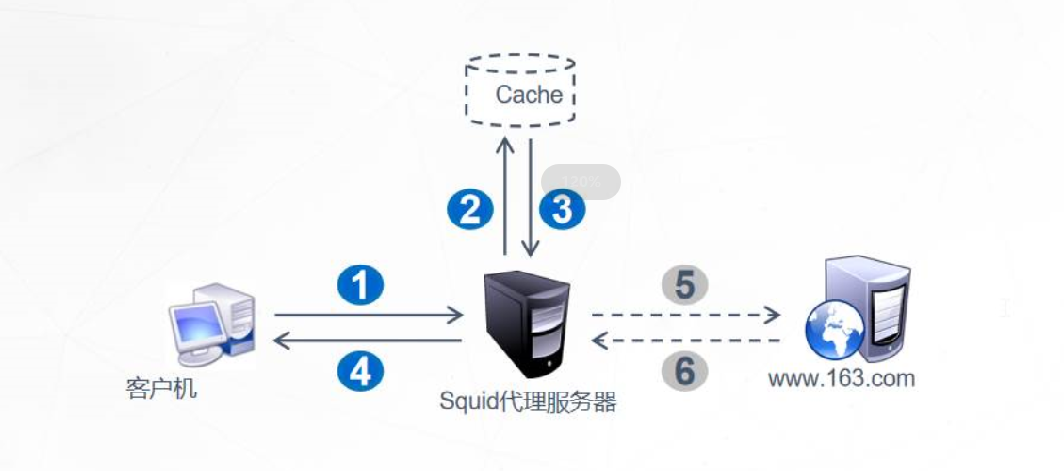
Install squid service
systemctl stop firewalld systemctl disable firewalld setenforce 0
1.Compile and install Squid(Upload the required package to/opt (under directory)
yum -y install gcc gcc-c++ make
tar zxvf squid-3.5.28.tar.gz -C /opt/
cd /opt/squid-3.5.28
./configure --prefix=/usr/local/squid \ #Specify the installation directory path
--sysconfdir=/etc \ #Specify profile path
--enable-arp-acl \ #MAC address control to prevent clients from using IP spoofing
--enable-linux-netfilter \ #Using kernel filtering
--enable-linux-tproxy \ #Support transparent mode
--enable-async-io=100 \ #Asynchronous IO to improve storage performance
--enable-err-language="Simplify_ Chinese" \ #Display language of error message
--enable-underscore \ #Allow underscores in URL s
--disable-poll \ #Turn off the default use poll mode
--enable-epoll \ #Enable epoll mode to improve performance
--enable-gnuregex #Using GNU regular expressions
-------------------------------------------------------------------------------------
./configure --prefix=/usr/local/squid \
--sysconfdir=/etc \
--enable-arp-acl \
--enable-linux-netfilter \
--enable-linux-tproxy \
--enable-async-io=100 \
--enable-err-language="Simplify_Chinese" \
--enable-underscore \
--disable-poll \
--enable-epoll \
--enable-gnurege
---------------------------------------------------------------------------------------
make && make install
ln -s /usr/local/squid/sbin/* /usr/local/sbin/
useradd -M -s /sbin/nologin squid
chown -R squid:squid /usr/local/squid/var/ #This directory is used to store cache files
2.modify Squid Configuration file for
vim /etc/squid.conf
......
-----56 that 's ok--insert------
http_access allow all #Put on HTTP_ Before access deny all, any client is allowed to use the proxy service to control the top-down matching of rules
http_access deny all
http_port 3128 #Used to specify the address and port that the proxy service listens to (the default port number is 3128)
-----61 that 's ok--insert------
cache_effective_user squid #Add, specify the program user, which is used to set the account of initialization and runtime cache. Otherwise, the startup will not succeed
cache_effective_group squid #Add, specify account basic group
coredump_dir /usr/local/squid/var/cache/squid #Specify cache file directory
3. Squid Operation control of
#Check whether the configuration file syntax is correct
squid -k parse #Check configuration file
squid -k rec #Reload profile
squid -zX #Initialize cache directory
#Start Squid. When Squid service is started for the first time, the cache directory will be initialized automatically
squid -z #-The z option is used to initialize the cache directory
squid #Start squid service
netstat -anpt | grep squid
4.establish Squid Service script
vim /etc/init.d/squid
#!/bin/bash
#chkconfig: 2345 90 25
PID="/usr/local/squid/var/run/squid.pid"
CONF="/etc/squid.conf"
CMD="/usr/local/squid/sbin/squid"
case "$1" in
start)
netstat -natp | grep squid &> /dev/null
if [ $? -eq 0 ]
then
echo "squid is running"
else
echo "Starting squid..."
$CMD
fi
;;
stop)
$CMD -k kill &> /dev/null
rm -rf $PID &> /dev/null
;;
status)
[ -f $PID ] &> /dev/null
if [ $? -eq 0 ]
then
netstat -natp | grep squid
else
echo "squid is not running"
fi
;;
restart)
$0 stop &> /dev/null
echo "Closing squid..."
$0 start &> /dev/null
echo "Starting squid..."
;;
reload)
$CMD -k reconfigure
;;
check)
$CMD -k parse
;;
*)
echo "Usage: $0{start|stop|status|reload|check|restart}"
;;
esac
#2345 is the default self startup level. If yes - means that no self startup is available at any level; 90 is the start priority, 25 is the stop priority, and the priority range is 0-100. The higher the number, the higher the priority
The lower.
chmod +x /etc/init.d/squid
chkconfig --add squid
chkconfig --level 35 squid on

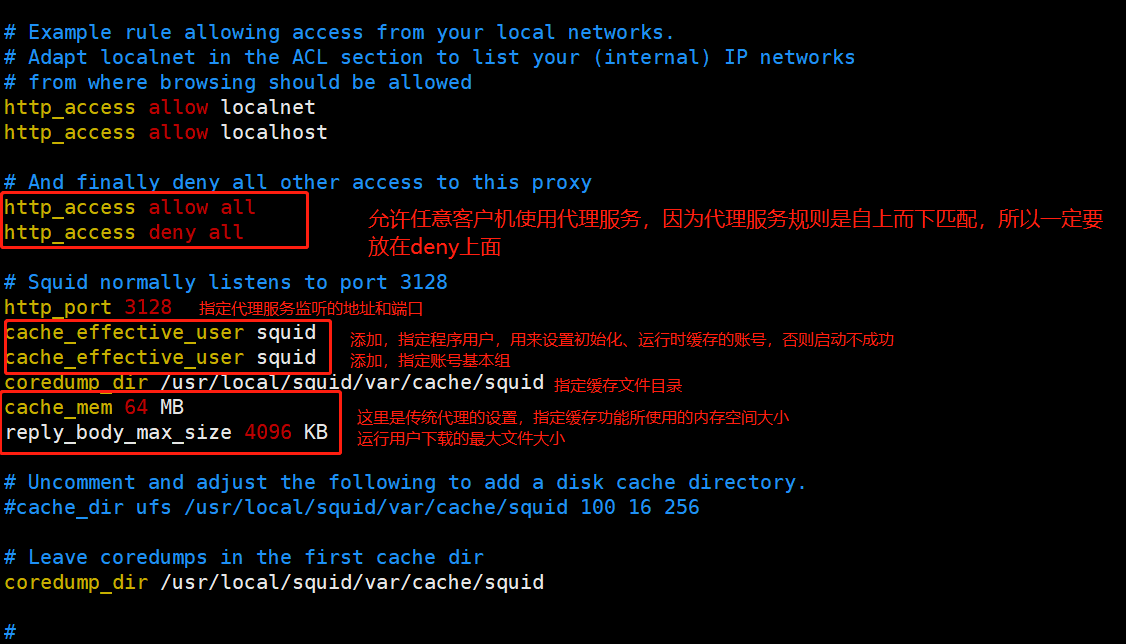

Configure legacy proxy services
environment
squid Server: 192.168.121.15 web1 Server: 192.168.121.16 Client: 192.168.121.200
vim /etc/squid.conf ...... http_access allow all http_access deny all http_port 3128 cache_effective_user squid cache_leffective_group squid -------63 that 's ok--insert--------- cache_mem 64 MB #Specify the memory space used by the cache function to maintain frequently accessed WEB objects. The capacity is preferably a multiple of 4, in MB. It is recommended to set it to 1 / 4 of the physical memory reply_body_max_size 10 MB #The maximum file size that users are allowed to download, in bytes. When downloading a Web object of more than the specified size, a prompt of "request or access too large" will appear on the error page of the browser. The default setting is 0, which means no restriction maximum_object_size 4096 KB #The maximum object size allowed to be saved to the cache space, in kilobytes. Files exceeding the size limit will not be cached, but will be forwarded directly to the user service squid restart systemctl restart squid #Firewall rules also need to be modified in the production environment iptables -F iptables -I INPUT -p tcp --dport 3128 -j ACCEPT #Proxy configuration for client Open browser, tools-->Internet option-->connect -->LAN settings-->Turn on proxy server (address: Squid The server IP Address, port: 3128) After clearing the cache, use the browser to access http://192.168.121.16 (web server address) #View new records of Squid access log tail -f /usr/local/squid/var/logs/access.log #View new records in the Web access log tail -f /var/log/httpd/access_log Enter in the browser Web The server IP Address access, view Web The server access log shows that the proxy server accesses for the client.
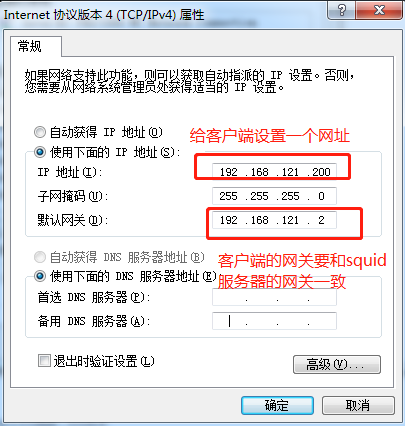
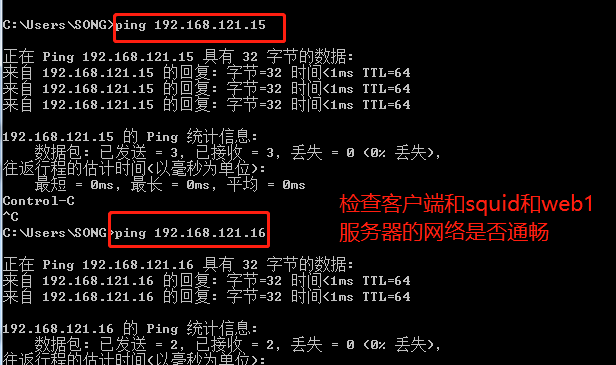
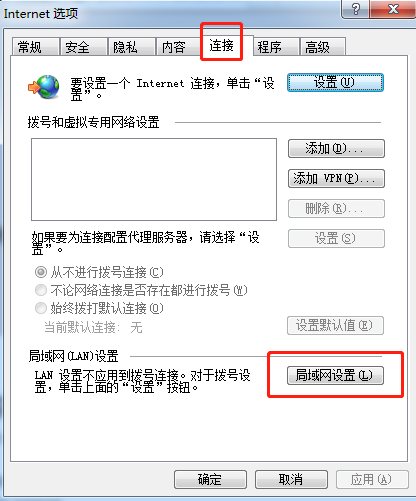
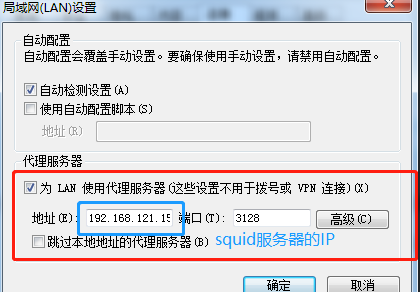

Configure transparent proxy service
Environment construction
squid Server: Intranet ens33:192.168.121.15 Extranet ens37:12.0.0.1 Web Server: 192.168.121.16 Client: 12.0.0.12
Squid server configuration
-
1. First, you need to add a network card on the squid server: ens37 as the gateway from the external network client
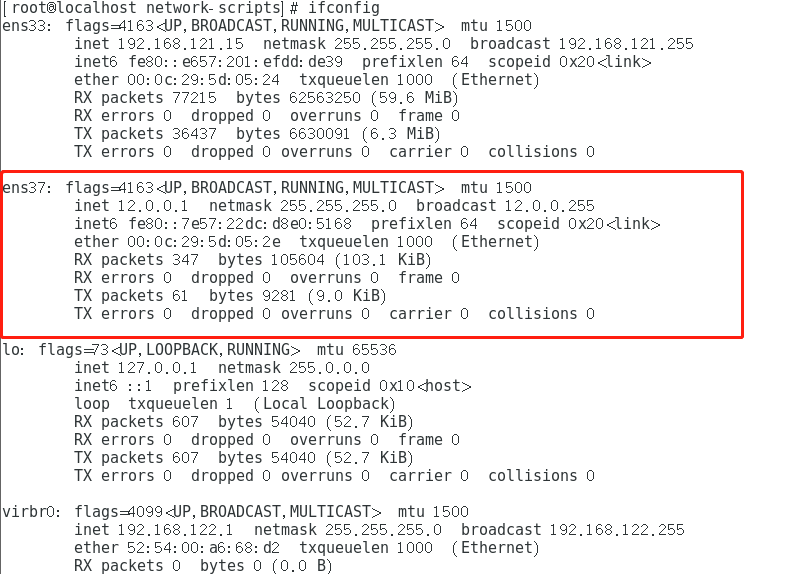
-
2. Modify the profile of squid server
vim /etc/squid.conf http_access allow all http_access deny all --60 that 's ok--Modify and add intranet services IP Address, and support transparent proxy options transparent http_port 12.0.0.1:3128 transparent systemctl restart squid #Enable routing forwarding to realize address forwarding of different network segments in the machine echo 'net.ipv4.ip_forward = 1' >> /etc/sysctl.conf sysctl -p #Modify firewall rules iptables -F iptables -t nat -F iptables -t nat -I PREROUTING -i ens33 -s 12.0.0.0/24 -p tcp --dport 80 -j REDIRECT --to 3128 #http protocol for forwarding iptables -t nat -I PREROUTING -i ens33 -s 12.0.0.0/24 -p tcp --dport 443 -j REDIRECT --to 3128 #https protocol for forwarding iptables -I INPUT -p tcp --dport 3128 -j ACCEPT
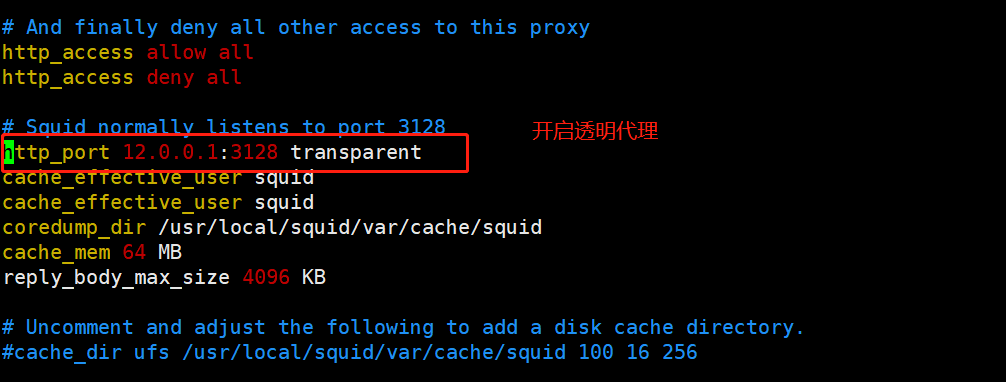
Web server
route add -net 12.0.0.0/24 gw 192.168.121.15 #Make a static route, otherwise the data can be sent out but can't come back tail -f /usr/local/squid/var/logs/access.log #The Web node server can monitor the flow of data Or you can squid For monitoring on the server, use the following command tail -f /usr/local/squid/var/logs/access.log
test
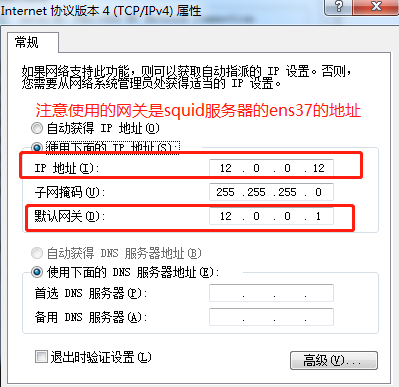
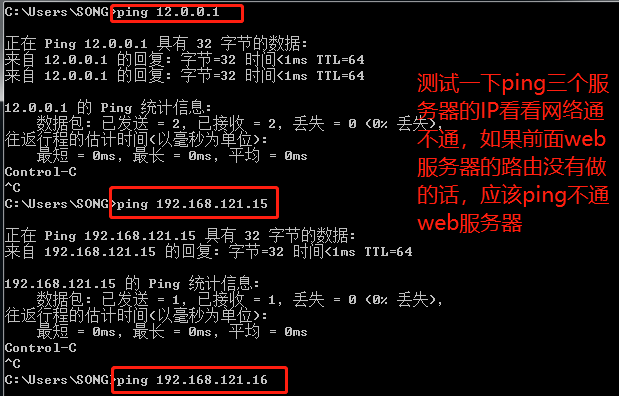
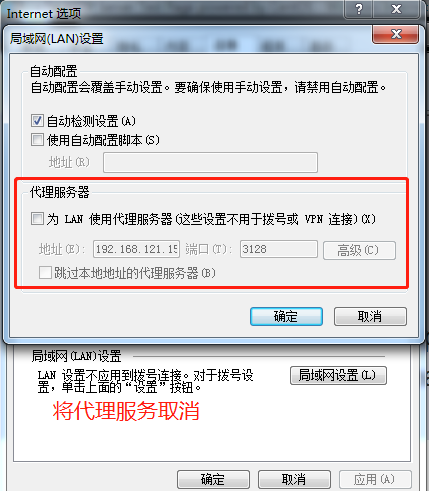
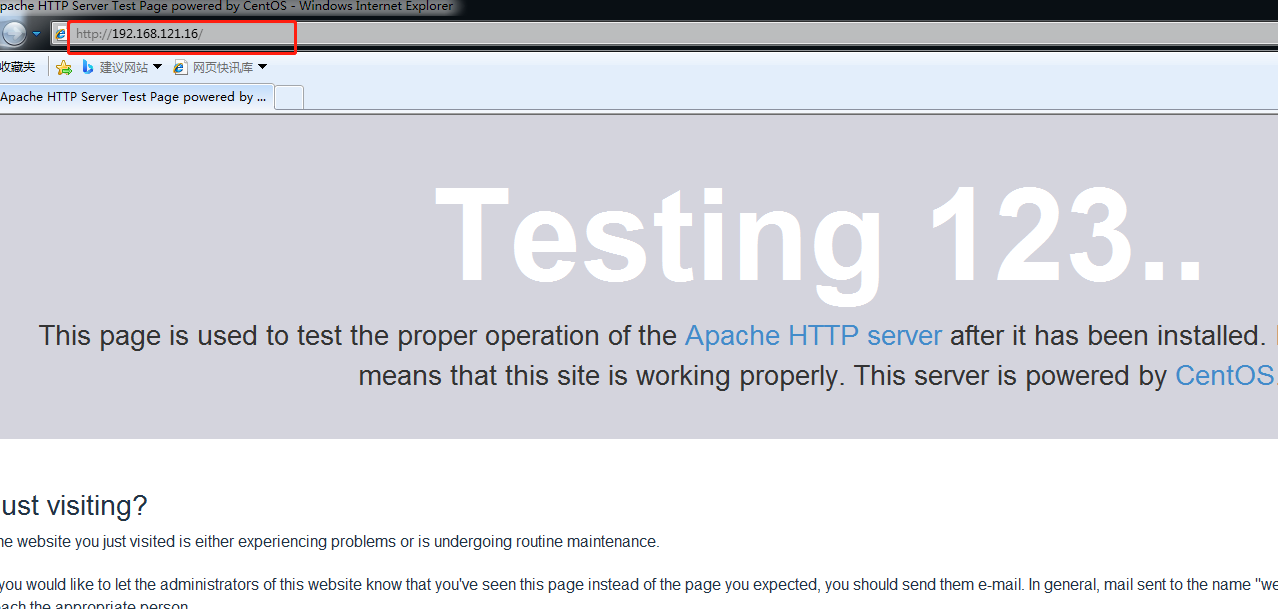
ACL access control
In profile squid.conf In, ACL Access control is implemented in the following two steps: (1)use acl The configuration item defines the conditions to be controlled; (2)adopt http_access The configuration item controls "allow" or "deny" access to the defined list. 1.Define access control lists format: acl List name list type list content ... Method 1: vim /etc/squid.conf ....... acl localhost src 12.0.0.12 #The source address is 12.0.0.12 acl MYLAN src 12.0.0.0/24 #Client network segment acl destinationhost dst 192.168.121.15 #The destination address is 192.168.121.15 acl MC20 maxconn 20 #Maximum concurrent connections 20 acl PORT port 21 #Target port 21 acl DMBLOCK dstdomain .qq.com #Target domain, matching all sites in the domain acl BURL url_regex -i ^rtsp:// ^Module: / / # with RTSP: / / URL starting with module: / /, - i means case is ignored acl PURL urlpath_regex -i \.mp3$ \.mp4$ \.rmvb$ #With mp3,. mp4,. URL path at the end of rmvb acl WORKTIME time MTWHF 08:30-17:30 #The time is 8:30 ~ 17:30 from Monday to Friday, "MTWHF" is the English initials of each week -------------------------------------------------------------------------------------- Method 2: #Start object list management mkdir /etc/squid vim /etc/squid/dest.list 192.168.121.15 #Squid server IP 12.0.0.0/24 #Any required network segment or IP address vim /etc/squid.conf ...... acl destinationhost dst "/etc/squid/dest.list" #Call the contents of the list in the specified file http_access deny (or allow) destinationhost #Note that if it is a rejection list, it needs to be placed in http_ access allow all systemctl restart squid Open the proxy service and visit the browser Web The server http://192.168.121.16, access denied.
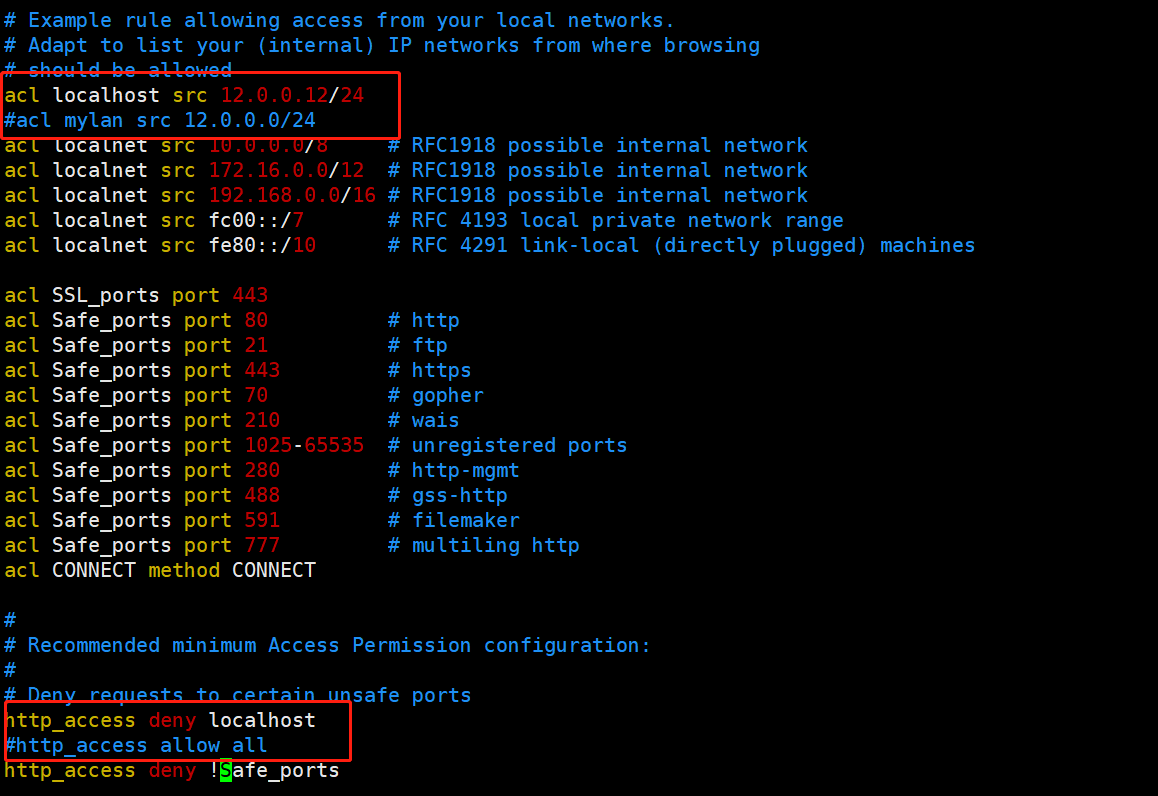
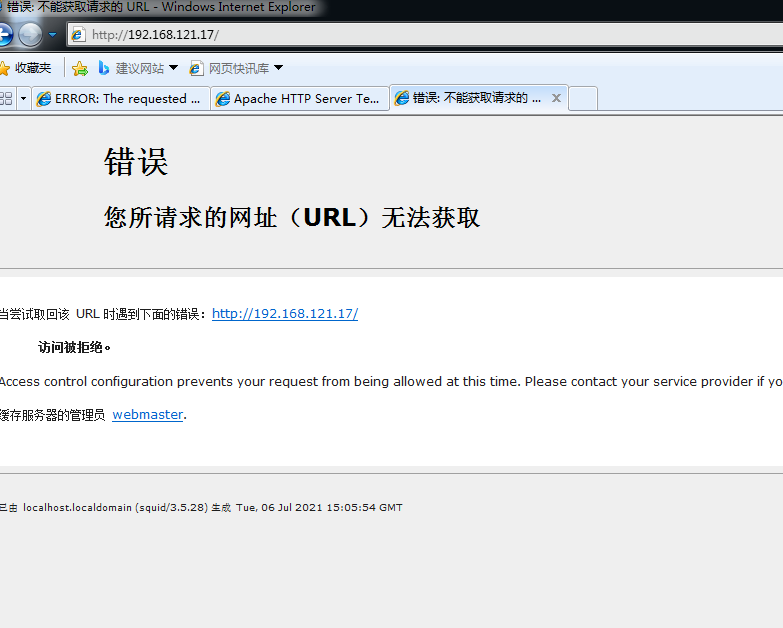
Squid log analysis
squid server
#Install image processing package yum install -y pcre-devel gd gd-devel mkdir /usr/local/sarg #Add zxvf sarg-2.3.7 tar. Upload GZ compressed package to / opt directory tar zxvf sarg-2.3.7.tar.gz -C /opt/ cd /opt/sarg-2.3.7 ./configure --prefix=/usr/local/sarg \ --sysconfdir=/etc/sarg \ #The configuration file directory is / usr/loca/etc by default --enable-extraprotection #Additional safety protection -------------------------------------------------------------------------------- ./configure --prefix=/usr/local/sarg --sysconfdir=/etc/sarg --enable-extraprotection make && make install -------------------------------------------------------------------------------- vim /etc/sarg/sarg.conf --7 that 's ok--note off access_log /usr/local/squid/var/logs/access.log #Specify access log file --25 that 's ok--note off title "Squid User Access Reports" #Page title --120 that 's ok--Uncomment, modify output_dir /var/www/html/sarg #Report output directory --178 that 's ok--note off user_ip no #Display with user name --184 that 's ok--Uncomment, modify topuser_sort_field connect reverse #In top sorting, the specified connection times are arranged in descending order, and the ascending order is normal --190 that 's ok--Uncomment, modify user_sort_field connect reverse #For user access records, the number of connections is sorted in descending order --206 that 's ok--Uncomment, modify exclude_hosts /usr/local/sarg/noreport #Specifies files that are not included in the sorted site list --257 that 's ok--note off overwrite_report no #Overwrite logs with the same name and date --289 that 's ok--Uncomment, modify mail_utility mailq.postfix #Send mail report command --434 that 's ok--Uncomment, modify charset UTF-8 #Specifies the character set UTF-8 --518 that 's ok--note off weekdays 0-6 #Week cycle of top ranking --525 that 's ok--note off hours 0-23 #Time period of top ranking --633 that 's ok--note off www_document_root /var/www/html #Specify page root #Add is not included in the site file, and the added domain name will not be displayed in the sorting touch /usr/local/sarg/noreport
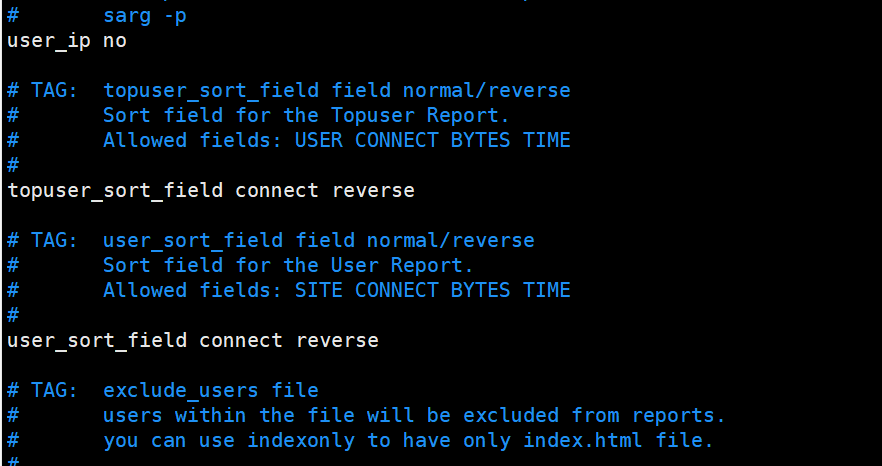
ln -s /usr/local/sarg/bin/sarg /usr/local/bin/ sarg --help #get help #function sarg #Start a record #verification yum install httpd -y systemctl start httpd stay squid Use browser access on the server http://192.168.200.60/sarg, check the Sarg report page. #Add scheduled tasks to perform daily report generation vim /usr/local/sarg/report.sh #/bin/bash #Get current date TODAY=$(date +%d/%m/%Y) #Get one week ago today YESTERDAY=$(date -d "1 day ago" +%d/%m/%Y) /usr/local/sarg/bin/sarg -l /usr/local/squid/var/logs/access.log -o /var/www/html/sarg -z -d $YESTERDAY-$TODAY &> /dev/null exit 0 chmod +x /usr/local/sarg/report.sh crontab -e 0 0 * * * /usr/local/sarg/report.sh



Reverse proxy
If the requested resource is cached in the Squid reverse proxy server, the requested resource is directly returned to the client; Otherwise, the reverse proxy server will request resources from the background Web server, and then return the requested response to the client. At the same time, it will also cache the response locally for use by the next requester.
Working mechanism:
● cache web page objects to reduce duplicate requests
● assign the Internet request to the intranet Web server in rotation or by weight
● proxy user requests to prevent users from directly accessing the Web server and improve security
Environment configuration
squid Server: 192.168.121.15 CentOS7 Web1 Server: 192.168.121.16 CentOS7 Web2 Server: 192.168.121.17 CentOS7 client Server: 192.168.121.200 Windows
vim /etc/squid.conf ------ 60 that 's ok--Modify, insert------- http_port 192.168.121.15:80 accel vhost vport cache_peer 192.168.121.16 parent 80 0 no-query originserver round-robin max_conn=30 weight=1 name=web1 cache_peer 192.168.121.17 parent 80 0 no-query originserver round-robin max_conn=30 weight=1 name=web2 cache_peer_domain web1 web2 www.song.com #Means to www.song.com COM, squid to 192 168.121.16 and 192.168.121.17 ------------------------------------------------------------------------------------- http_port 80 accel vhost vport #Squid has changed from a cache to a Web server reverse proxy acceleration mode. At this time, squid listens to requests on port 80 and binds to the request port (vhost vport) of webserver. At this time, squid does not need to forward requests. Instead, it directly needs to take data from the cache or directly request data from the bound port. accel :Reverse proxy acceleration mode vhost:Support domain name or host name to represent proxy node vport :support IP And port to represent the proxy node parent :Represents the parent node, the parent node, the parent node, the parent node, the parent node, and the parent node 80:Agent internal web Port 80 of the server 0 :Not used icp,It means only one squid The server no-query :Get data directly without query originserver :Specify source server round-robin :appoint squid The request is distributed to one of the parent nodes by polling max_ conn :Specify the maximum number of connections weight :Specify weights name :Set alias ---------------------------------------------------------------------------------------- systemctl stop httpd service squid reload #Backend node server settings yum install -y httpd systemctl start httpd #Node 1(web1): echo "this is test01" >> /var/www/html/index.html #Node 2(web2): echo "this is test02" >> /var/www/html/index.html #Domain name mapping configuration of the client modify C: \Windows\System32\drivers\etc\hosts file 192.168.121.15 www.song.com #Proxy configuration for client Open browser, tools-->Internet option-->connect-->LAN settings-->Turn on proxy server(address: Squid The server IP Address, port: 80) Browser access http://www.song.com


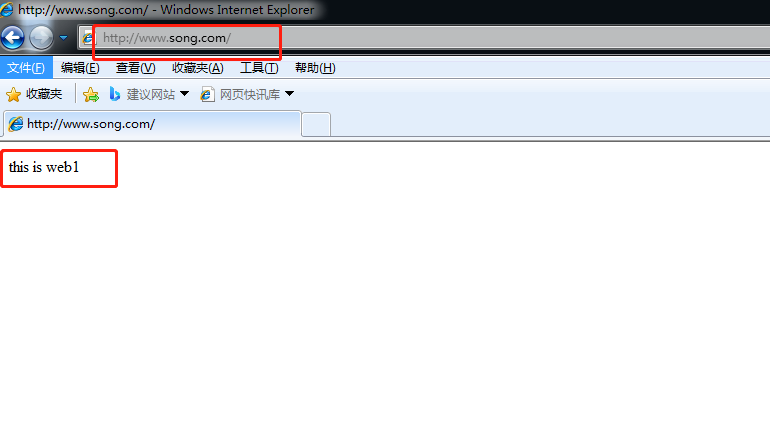
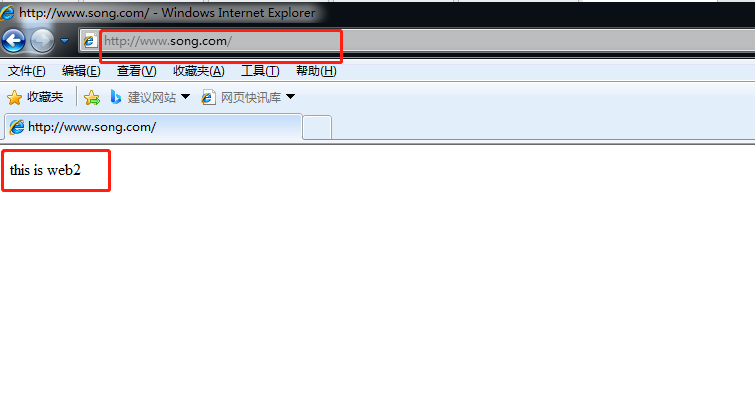
summary
squid servers are positioned for cache acceleration
- Obtained from the back-end web server when caching
- Acceleration is for client access
Three modes of squid agent:
- Traditional agent:
The client needs to point to the squid proxy server, and the client can perceive the existence of the squid proxy server - Transparent proxy:
The client does not need to be configured, but can be accessed directly. The server completes the transparent proxy with the help of firewall rules and static routing - Reverse proxy
As a reverse proxy function similar to Nginx server, but it does not need a home page to complete the reverse proxy based on IP, port and weight
For squid's own management / functions:
- ACL: mainly used for http_ Permission and denial management of access (access based on http protocol)
- sarg: log analysis function. Access can be specified in days_ The contents of the log are output to a web page (with the help of httpd) for display
What is reverse proxy? What is the difference between forward agent and forward agent?
Reverse proxy hides the real server when we request www.baidu.com COM, just like dialing 10086, there may be thousands of servers behind us, but you don't know or need to know which one. You just need to know who the reverse proxy server is, www.baidu.com COM is our reverse proxy server. The reverse proxy server will help us forward requests to the real server. Nginx is a very good reverse proxy server for load balancing.
The difference between forward proxy and reverse proxy is that the object of forward proxy is the client, and the object of reverse proxy is the server